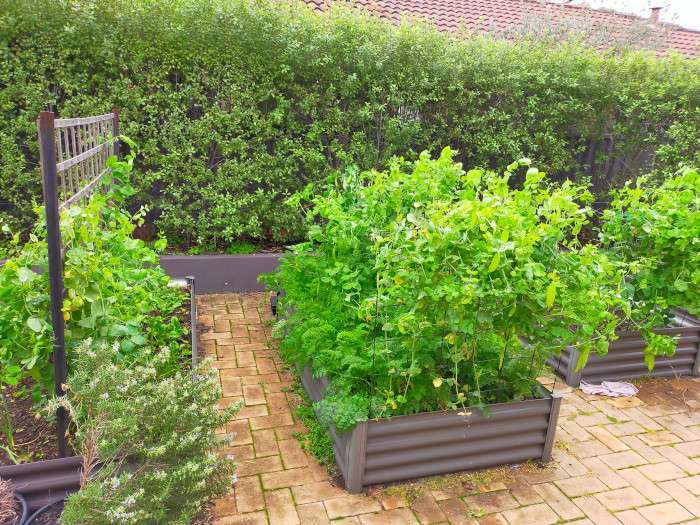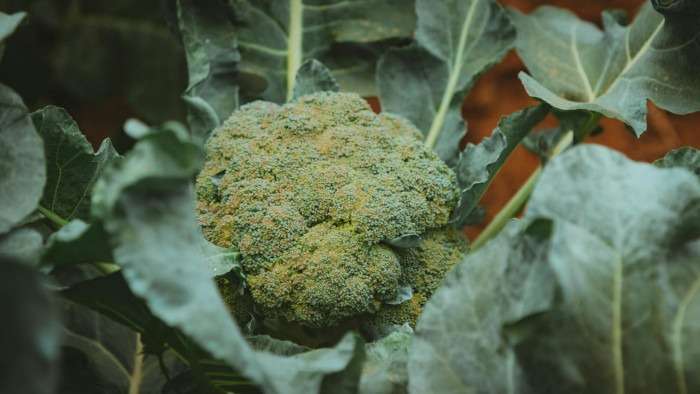Healthy soil is the secret to a thriving vegetable garden. Without it, even the best-planned garden will be a disappointment. I’ve been building our garden’s soil for years now, but worthwhile things always take time.
So if you are wondering how to improve soil quality? Add organic matter. It’s simple, natural, and over time, it’ll boost your soil’s nutrients, improve its structure, and help your plants thrive. Today I want to talk about a few easy ways to add those essential nutrients to your soil.
How to Add Nutrients to Soil Naturally
1. Compost
Compost is probably the best way for adding nutrients to soil. It’s easy to make and is one of the most effective ways to naturally boost your garden’s health. If you’re filling a raised bed, compost is a great choice. You can also add it to the planting hole when starting new plants.
My favourite method is simply spreading it on top of the soil. The nutrients will filter down over time as it gets watered making it a low effort way to build up your soil’s fertility and improve plant growth naturally.
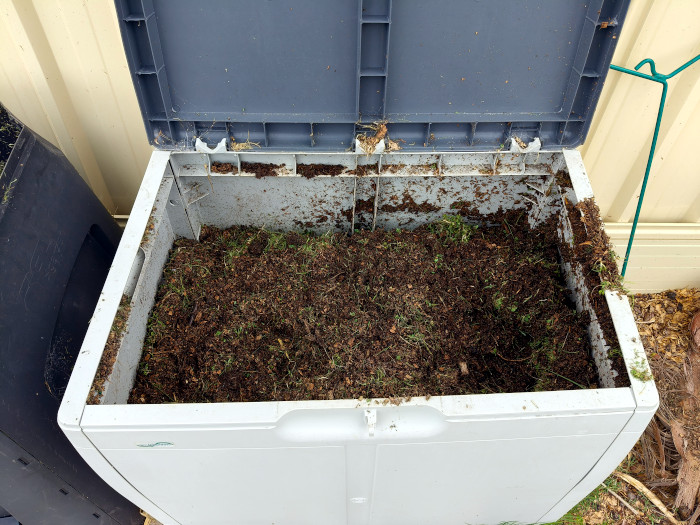
2. Manure
Manures are another nice way to add fertility to your soil. However, you need to be more careful with them, as they can be too strong for plants and seedlings, potentially damaging or even killing them.
Because of its potency, manure should mainly be used as a top dressing on top of the soil, rather than being worked directly into it. When using manure, it’s best to let it break down first and avoid planting directly into it to ensure your plants stay healthy.
Tip: Sheep manure is an exception to this general rule, and is safe to use when planting.
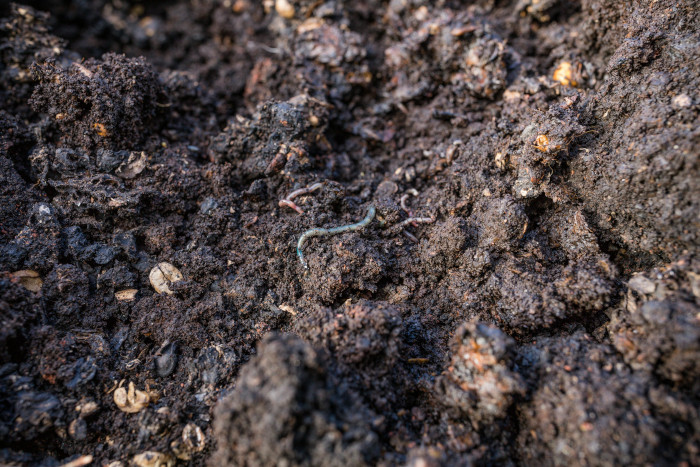
3. Mulch
Mulch is another great option for improving soil health. Wood chips, straw, or other common mulches break down over time, adding carbon and nitrogen to the soil.
However, if you bury carbon-heavy materials like sticks or wood chips directly into the soil, it can initially have a negative impact. As bacteria break down the carbon, they consume nitrogen, which plants need to grow.
Over time, though, this nitrogen is released back into the soil. Because of this, mulch works best as a top dressing, where it can gradually improve the soil without harming plant growth.
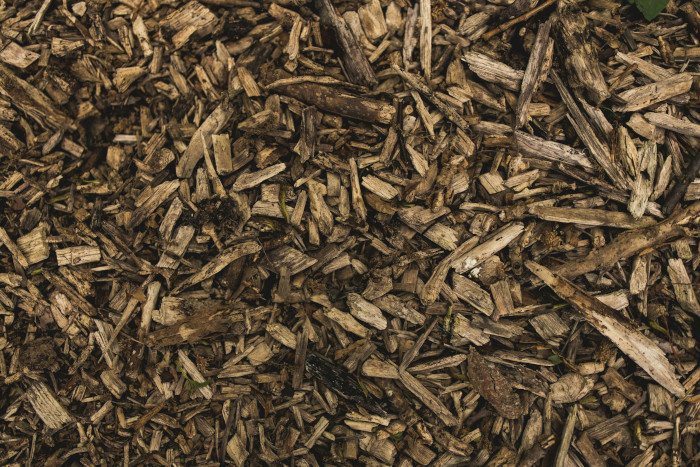
4. Chop and Drop
One method I really like is chop and drop. Instead of composting your pruning’s, leaves, or garden waste, simply leave them where they fall.
This method mimics natural systems, like forests, where plant material naturally decomposes and enriches the soil. By leaving your cuttings in place, you’re returning valuable nutrients back to the earth, creating a healthier soil environment for your plants.
It’s an easy, low-maintenance way to recycle plant material and enhance soil fertility without any extra work. Over time, this process helps improve soil structure, retains moisture, and encourages beneficial microbes, all while reducing the need for additional inputs.
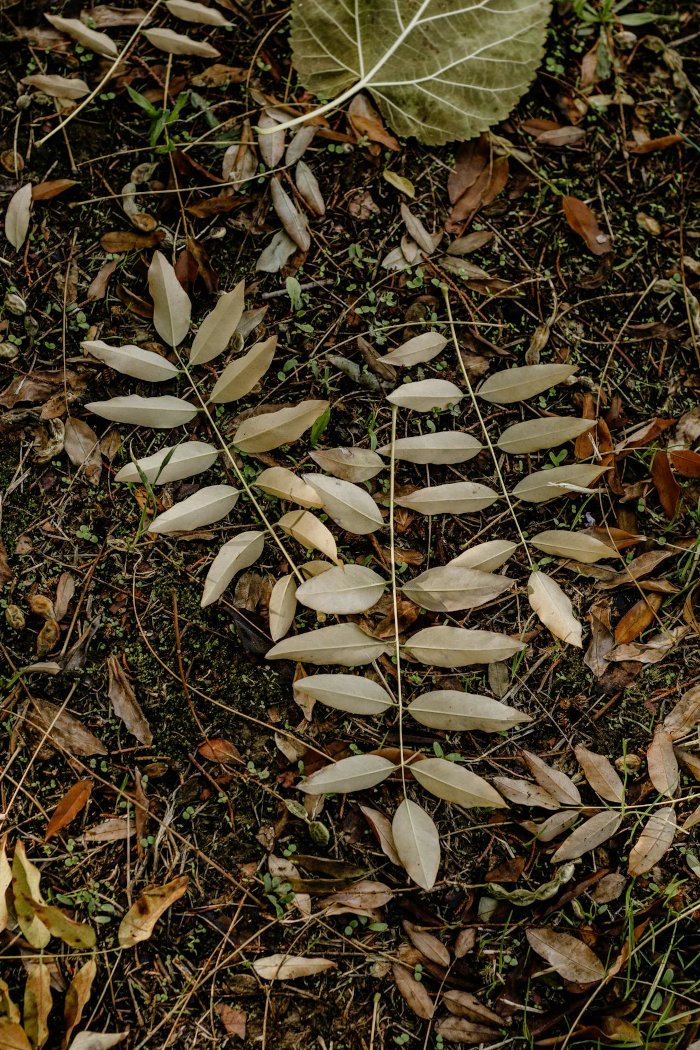
5. Use Plants That Add Nutrients to Soil
Some plants are natural nutrient boosters, particularly nitrogen-fixing plants like legumes. These plants work symbiotically with soil bacteria to capture nitrogen from the air and convert it into a form that enriches the soil.
Adding them into your garden can improve soil fertility over time, reducing the need for synthetic fertilizers. These plants not only help improve soil health but can also be used as cover crop rotations to maintain soil quality between growing seasons.
Some common examples include:
- Beans– Commonly grown in gardens, beans are excellent nitrogen fixers.
- Peas – Another legume, peas are known for their ability to enrich soil with nitrogen.
- Clover – Often used as a cover crop, clover is great for adding nitrogen and improving soil structure.
- Lupines – These beautiful flowers fix nitrogen and are often used in crop rotations.
- Alfalfa – Common in pastures, alfalfa adds both nitrogen and organic matter to the soil.
- Vetch – A hardy legume that can be used as a cover crop to enhance soil fertility.

Conclusion
Building healthy, nutrient-rich soil takes time, but with simple, natural methods like composting, using manure, mulching, and incorporating nitrogen-fixing plants, you can create an environment where your plants thrive.
If you’re interested in a more hands-off approach, consider looking into no-till gardening, which also helps to preserve soil structure and encourages long-term fertility.
